Given the holiday that’s right around the corner, and the political tension in the air, I find gratitude and attitude are two words to focus on this month.
I’ll start with attitude because if that’s not in the right place, then it’s difficult to approach gratitude. While this is by no means a ground-breaking message, I believe it is a message we need to hear again and again.
I was reminded of the impact attitude can have on life at church on Sunday. As I scrambled into the last pew (late as usual, two rowdy kids in tow), I wondered what Pastor Denise would preach about, given the recent election. Similar to the country at large, our congregation is divided on many topics, including the recent election. Yet Pastor Denise chose to deliver a message about attitude. Not exactly what I was expecting, yet exactly what I needed to hear.
The sermon reminded me of how my vision loss has given me an on-going opportunity to choose my attitude. For example, it often takes a whole lot of juggling to figure out transportation for my kids and me, and I feel angry and discouraged that this part of my life takes so much effort. I sometimes find myself caving to a negative attitude, grumbling ”I’ll just stay home rather than hassle with all this.” While I allow myself to feel sad and frustrated, I don’t allow myself to stay in that space. I choose to move forward. I choose to participate fully in all that life has to offer.
While choosing a positive attitude is not always easy, it ultimately brings more fulfillment.
Which brings me to gratitude. It turns out that saying “thank you” is more than just polite manners. Expressing gratitude leads to a healthier, happier life. All this according to research compiled by my sister, Joy. Read all about it in her latest Crixeo article, “6 Daily Gratitude Practices That Can Change Your Life”. Perhaps Thanksgiving should be a year round holiday – for health reasons, of course. Bring on the turkey, gravy, and pumpkin pie! And if someone (who shall remain nameless) accidentally dumps the entire gravy bowl into the sink right as dinner is being served, choose a good attitude.
Photo Description: Turkey on a computer with a farmer walking behind him holding an ax. The turkey has a thought bubble that reads, “I wonder what it means when the farmer unfriends me on Facebook?”


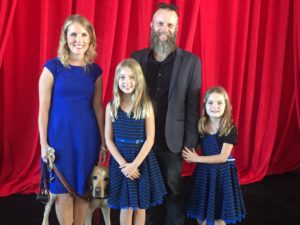
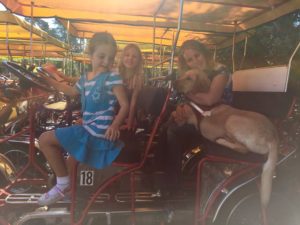

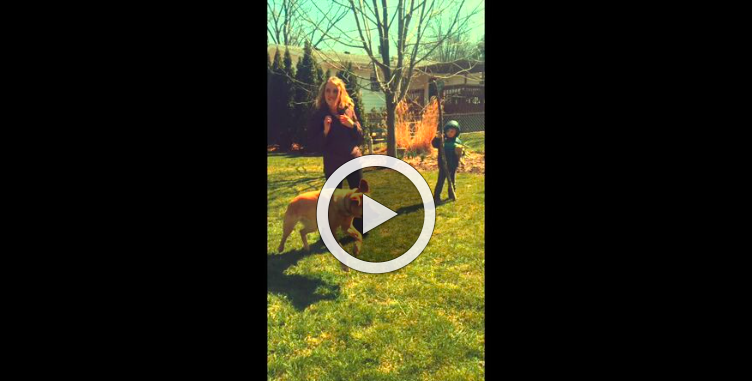
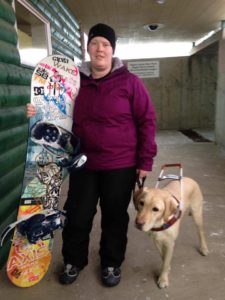
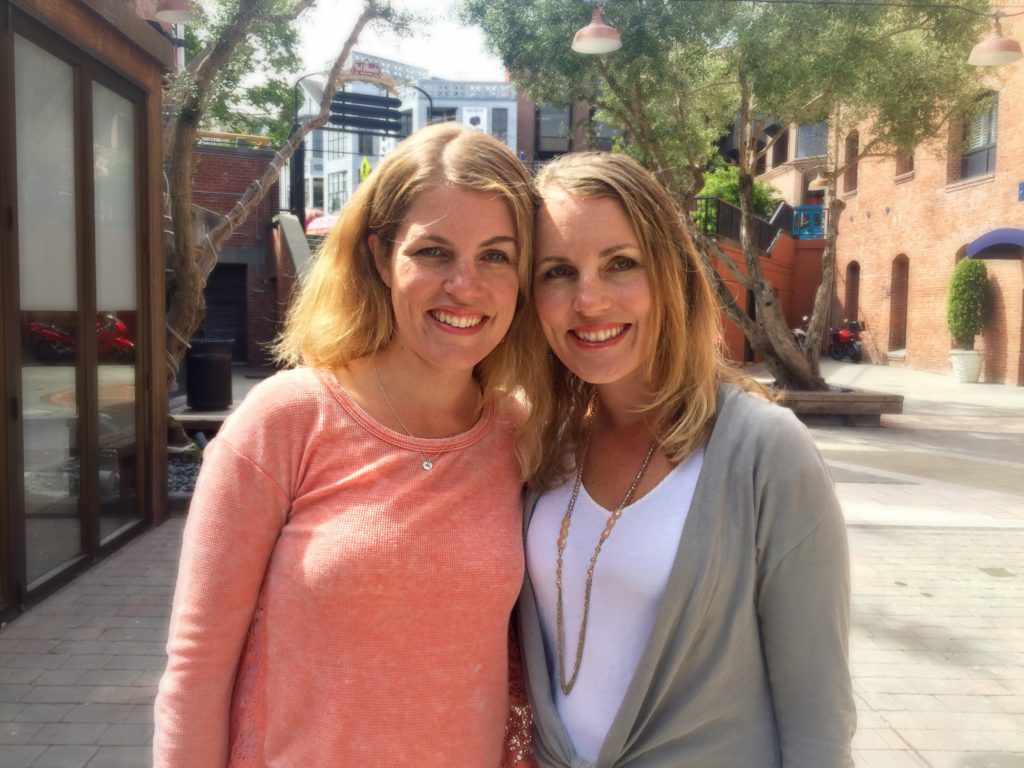
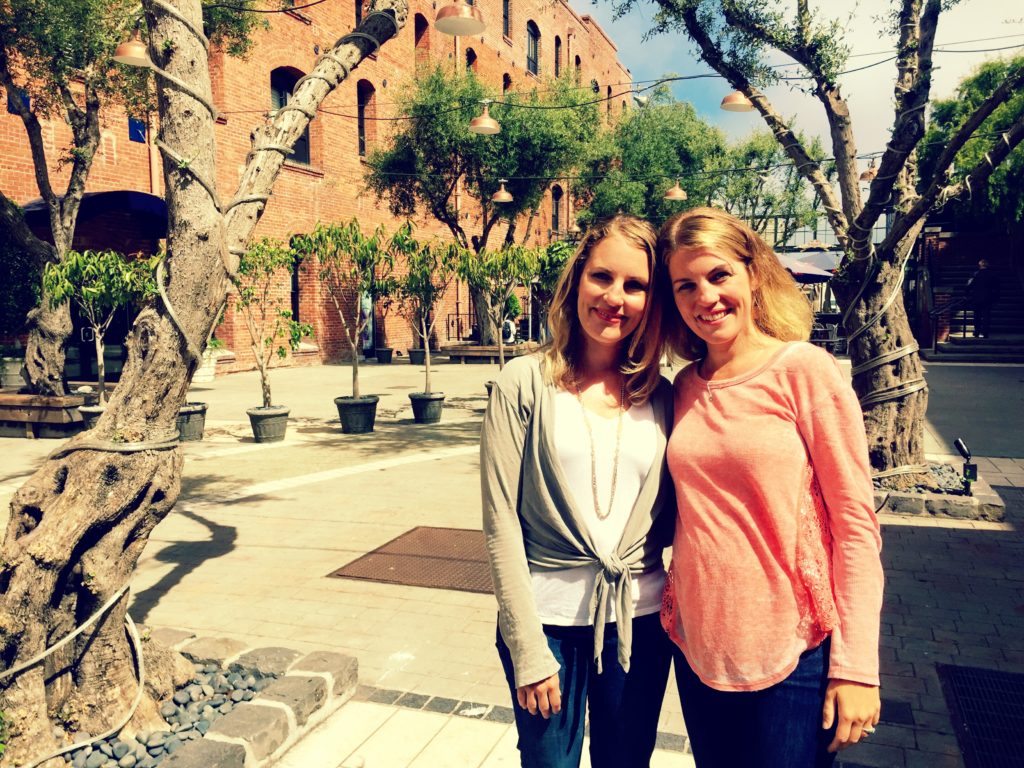
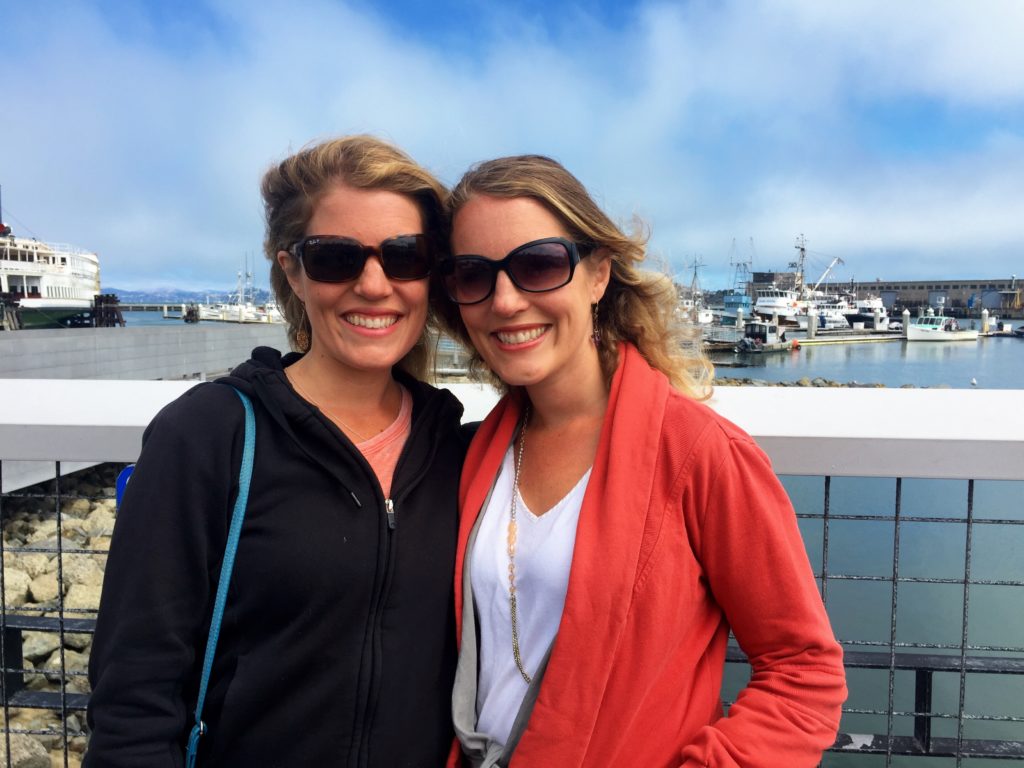 2015-2016: Shame is a common theme.
2015-2016: Shame is a common theme.